Optimal Timing for Waterproofing Applications
Waterproofing is a critical component in protecting structures from water intrusion and damage. Proper timing ensures the effectiveness and longevity of waterproofing measures. Typically, the optimal time for waterproofing is during dry seasons when weather conditions are stable and temperatures are moderate. This prevents issues related to moisture, freezing, or excessive heat that can compromise the application process.
Spring offers moderate temperatures and lower humidity, ideal for waterproofing projects before heavy rains begin.
Early summer can be suitable if temperatures are not excessively high and humidity levels are manageable.
Fall provides cooler, dry weather, making it a good time for waterproofing before winter sets in.
Winter is generally unsuitable due to freezing temperatures and moisture, which hinder proper application and curing.
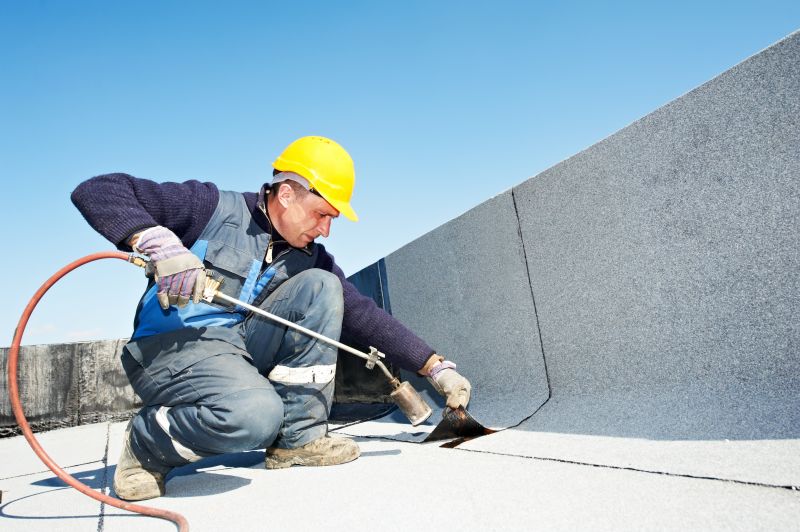
Ways to make Waterproofings work in tight or awkward layouts.
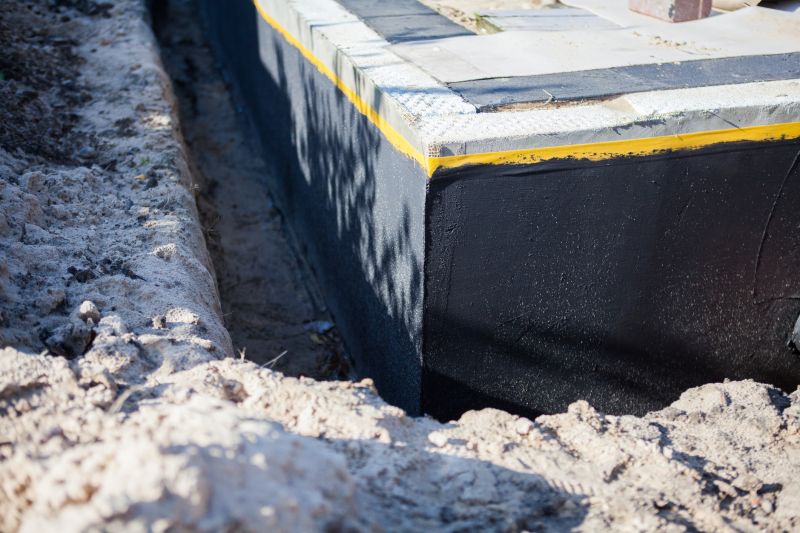
Popular materials for Waterproofings and why they hold up over time.
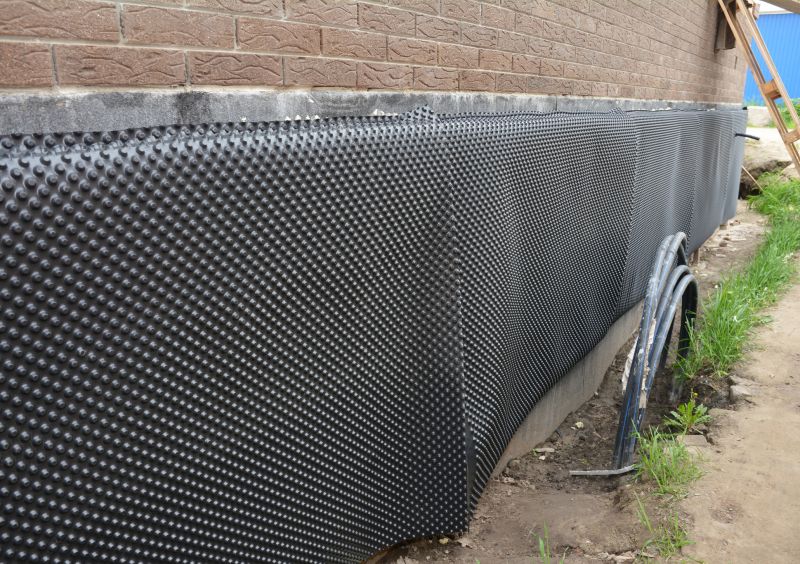
Simple add-ons that improve Waterproofings without blowing the budget.
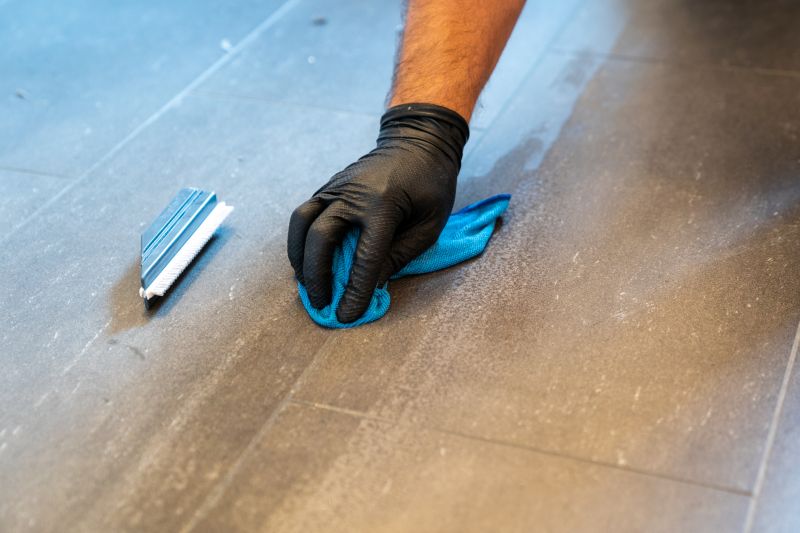
High-end options that actually feel worth it for Waterproofings.
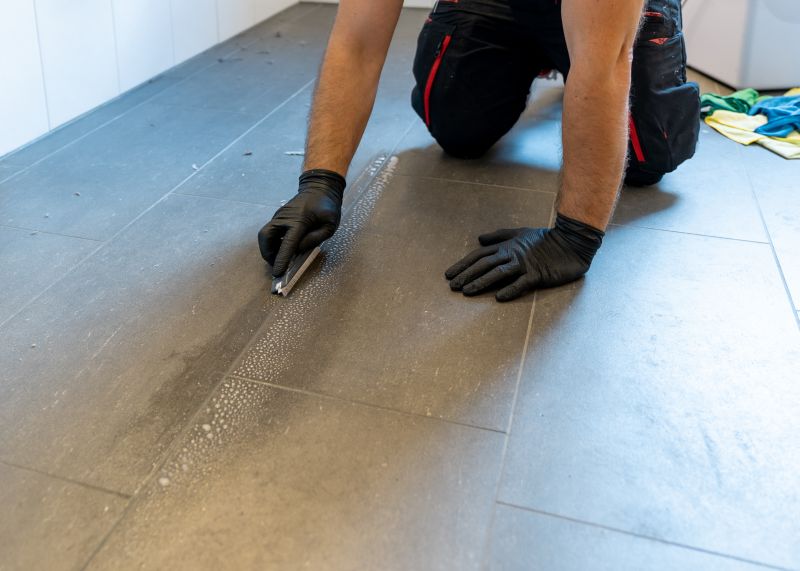
Finishes and colors that play nicely with Waterproofings.

Little measurements that prevent headaches on Waterproofings day.
| Season | Suitable Conditions |
|---|---|
| Spring | Moderate temperatures, low humidity, ideal for waterproofing. |
| Summer | Suitable if temperatures are controlled and humidity is manageable. |
| Fall | Cool, dry weather suitable for waterproofing projects. |
| Winter | Unsuitable due to freezing temperatures and moisture issues. |
| Rainy Season | Generally not recommended due to high moisture levels. |
Waterproofings involve applying specialized materials to prevent water penetration in structures such as foundations, roofs, and basements. Effective waterproofing extends the lifespan of buildings, reduces maintenance costs, and prevents water-related damages. According to industry data, proper waterproofing can increase the durability of building components by up to 50%. The selection of waterproofing materials varies based on the application area, climate, and exposure conditions, making timing and proper application essential for optimal results.

A 60-second routine that keeps Waterproofings looking new.
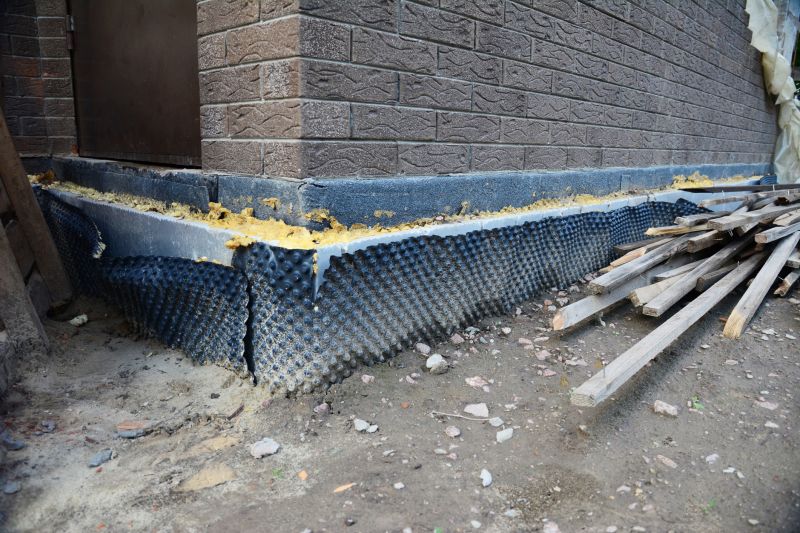
A frequent mistake in Waterproofings and how to dodge it.
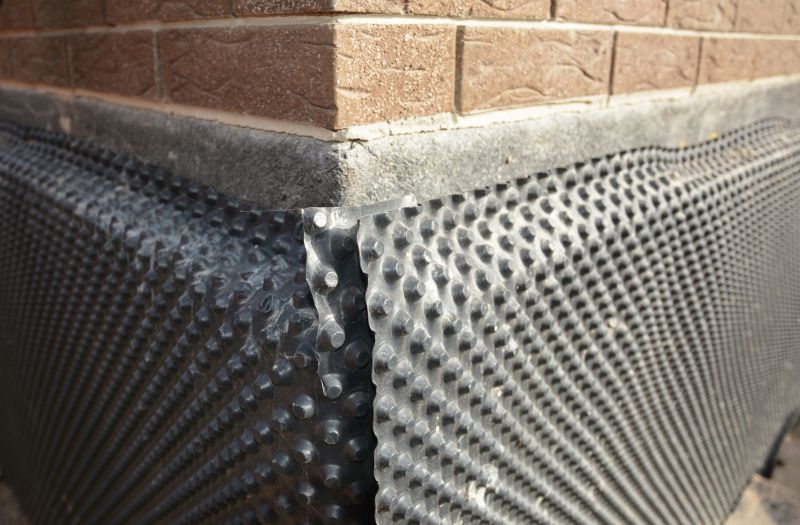
Small tweaks to make Waterproofings safer and easier to use.
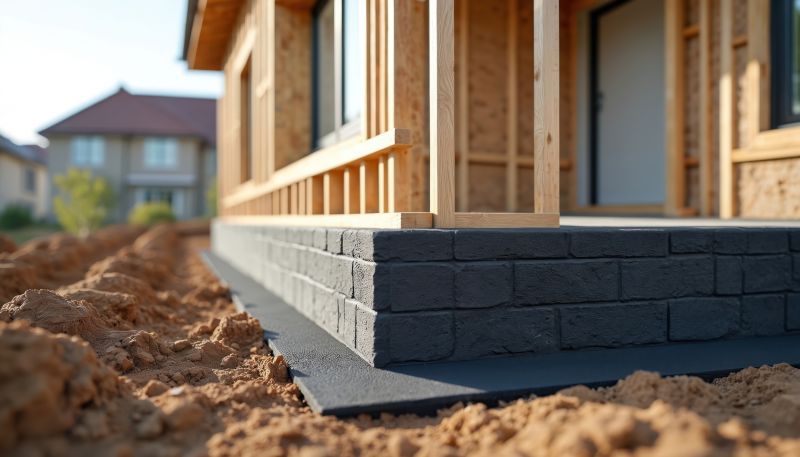
Lower-waste or water-saving choices for Waterproofings.
Interested parties are encouraged to contact for more information on waterproofing options and scheduling. Proper timing ensures the effectiveness of waterproofing solutions and helps maintain the integrity of structures over time.

